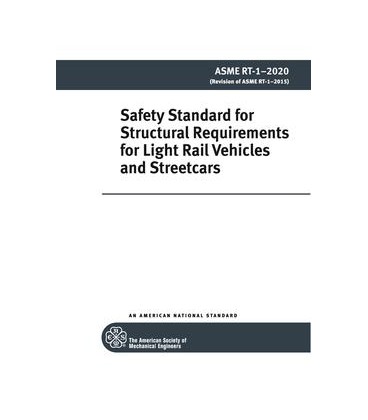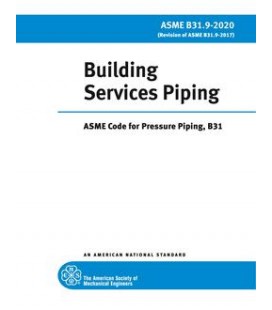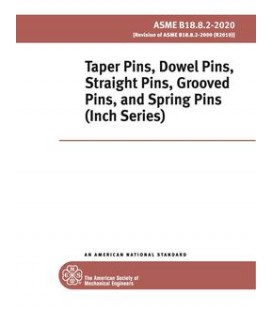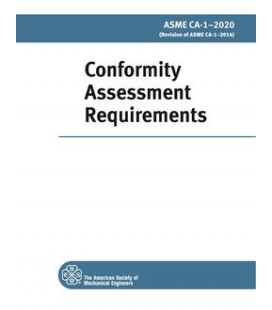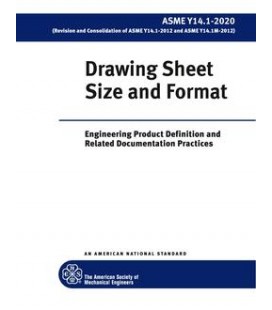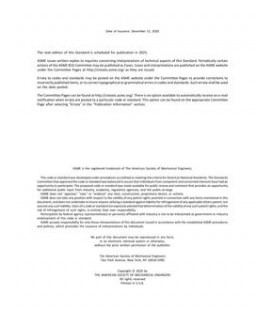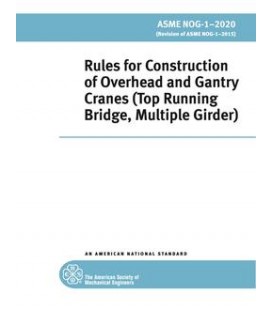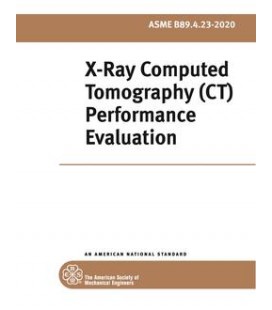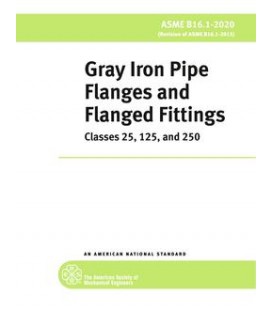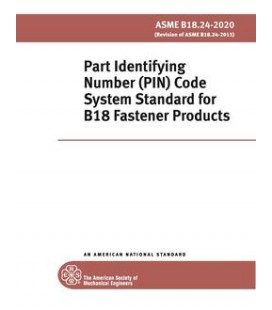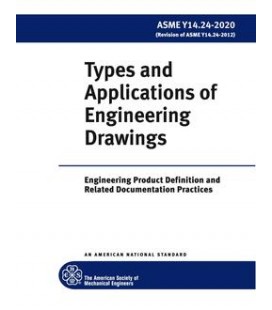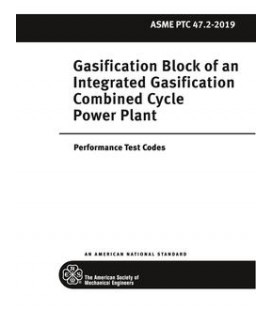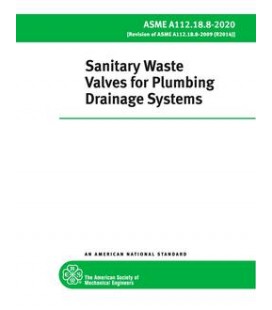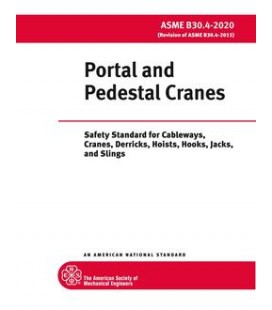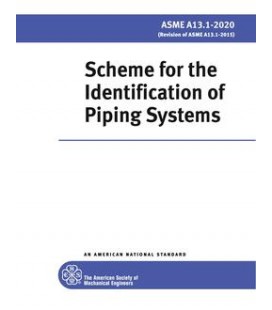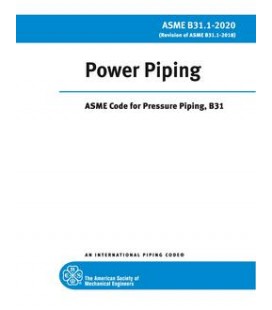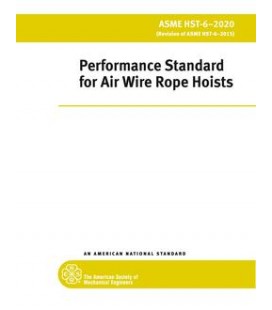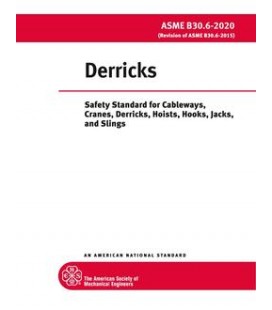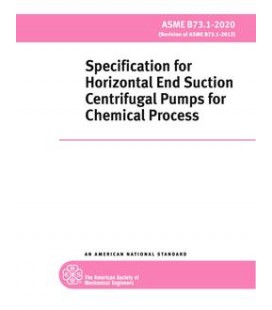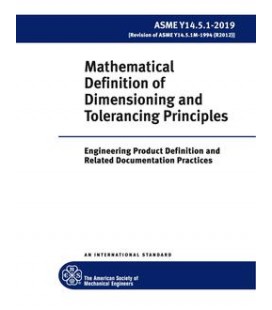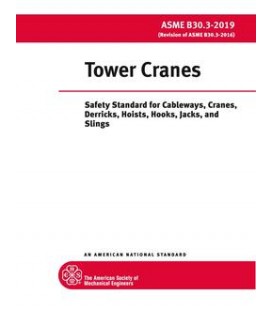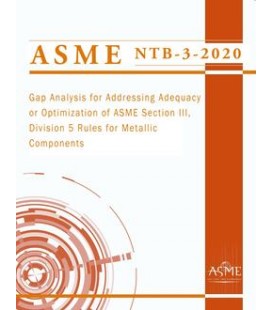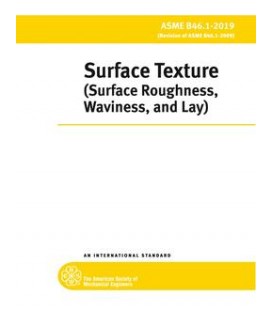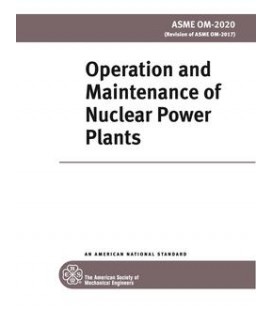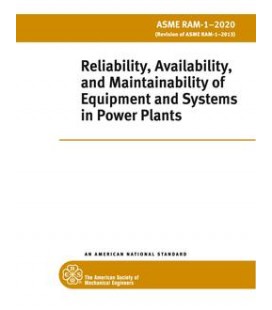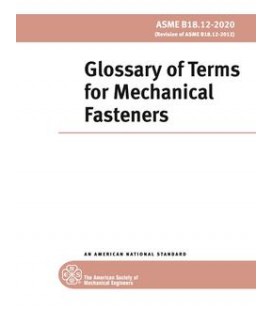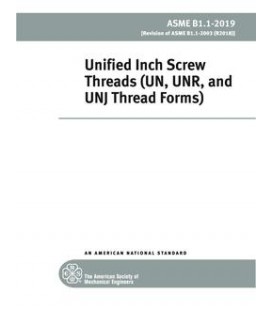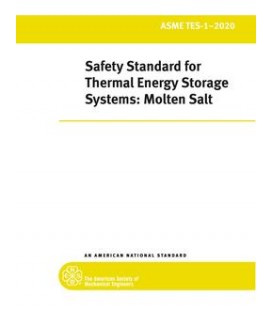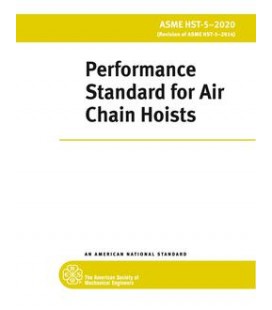Cart
0
0
item(s)
-
$0.00
No products
To be determined
Shipping
$0.00
Total
Quantity
Total
Product successfully added to your shopping cart
There are 0 items in your cart.
There are 0 items in your cart.
Total
ASME RT-1-2020
ASME RT-1-2020 Safety Standard for Structural Requirements for Light Rail Vehicles and Streetcars
standard by ASME International, 08/31/2020
Reduced price!
M00004885
New product
Full Description
RT-1 applies to car bodies for newly constructed light-rail vehicles and streetcars for transit passenger service. RT-1 defines requirements for the incorporation of passive safety design concepts related to the performance of the car body of light-rail vehicles in conditions such as collisions, so as to enhance occupant safety and control damage.RT-1 joins with RT-2-2014 Safety Standard for Structural Requirements for Heavy Rail Transit Vehicles, to serve as the first standards of their kind for North America. The result is a pair of uniform standards suitable for adoption by all levels of domestic jurisdiction, while providing state-of-the-art guidelines for other nations considering car body standards for their rail-transit systems.
Both Standards are also unique for utilizing Crash Energy Management (CEM) protocols. CEM represents the latest best-practices of design, testing, analysis and manufactureenhancing crashworthiness by assigning certain sections of the carbody the task of absorbing a portion of the energy of collision by crushing in a controlled manner. Proper application of CEM preserves occupant volume, while minimizing the consequences of occupant impacts with the vehicle interior. Production efficiencies may also be realized via CEM, although heightening passenger safety is the main intent.
Intended for rail-transit carbody manufacturers and their suppliers of components and raw materials, as well as the owners and operators of rail-transit systems, plus all potential governing entities.

